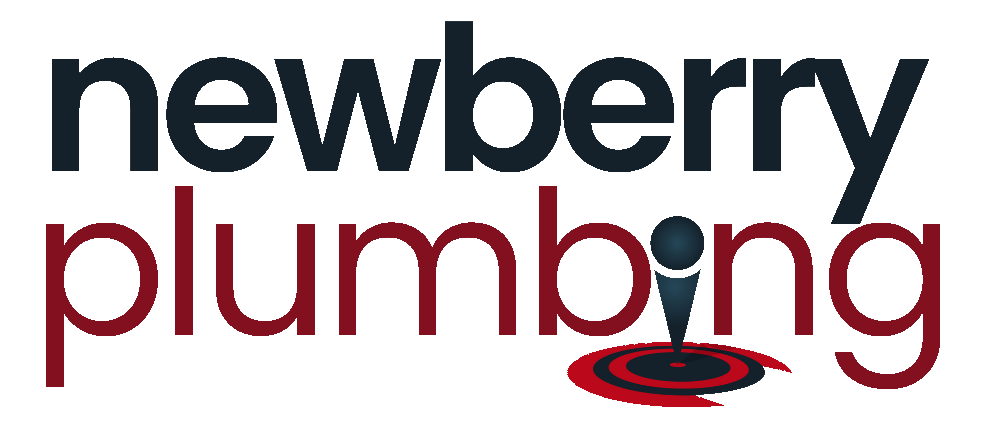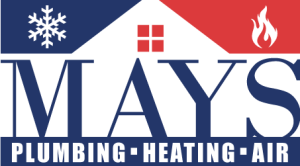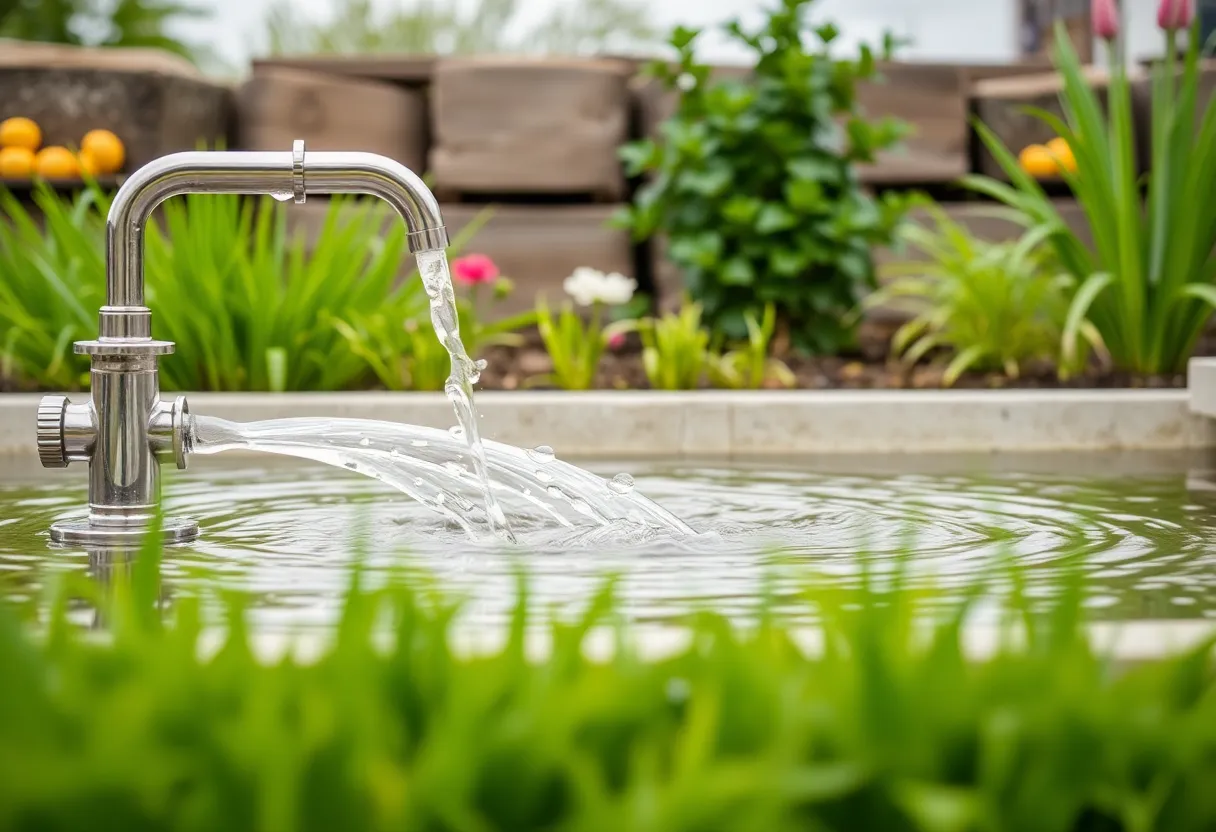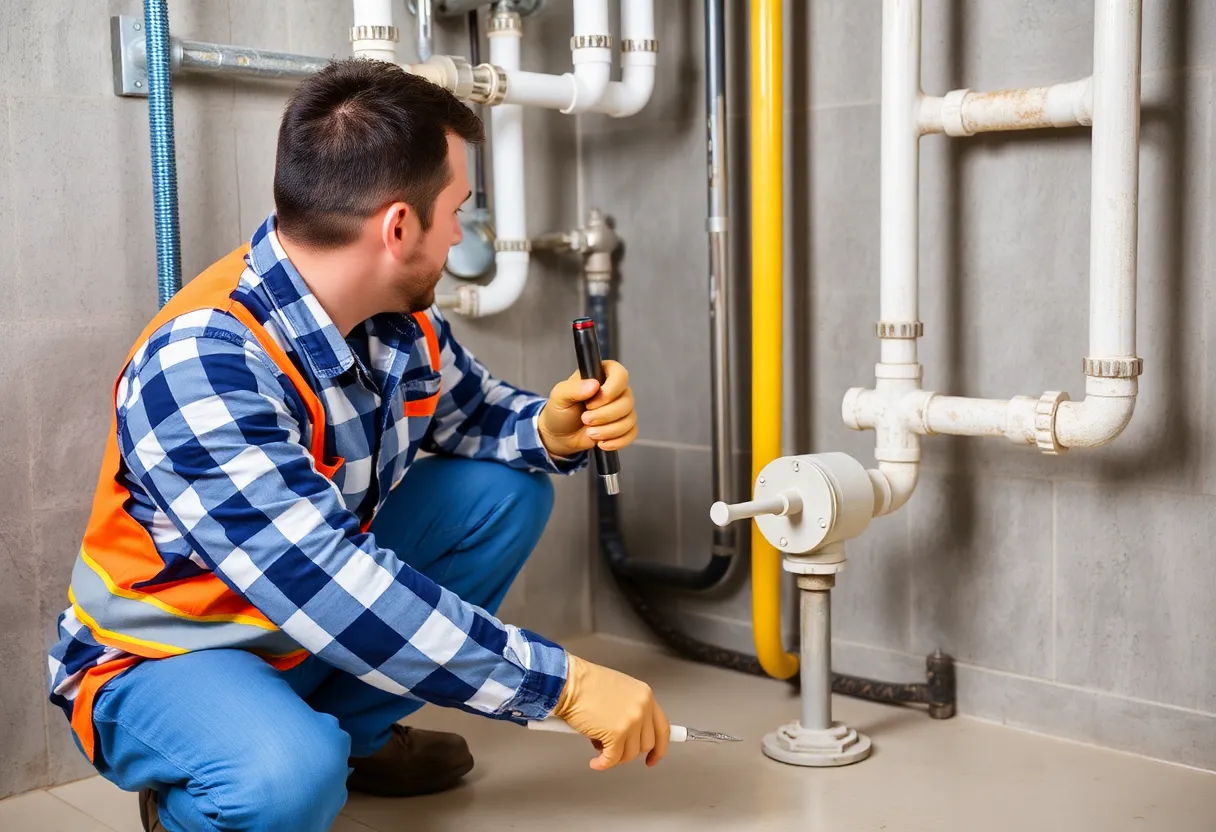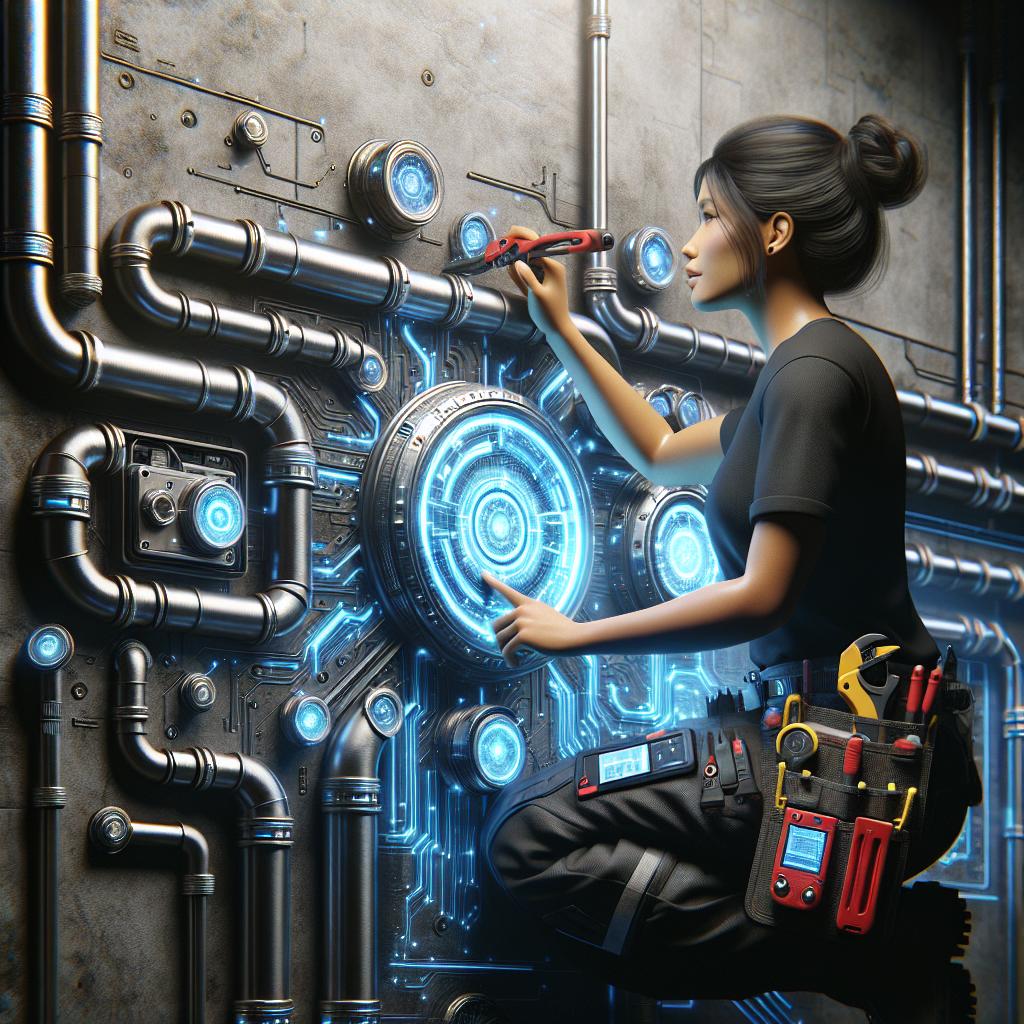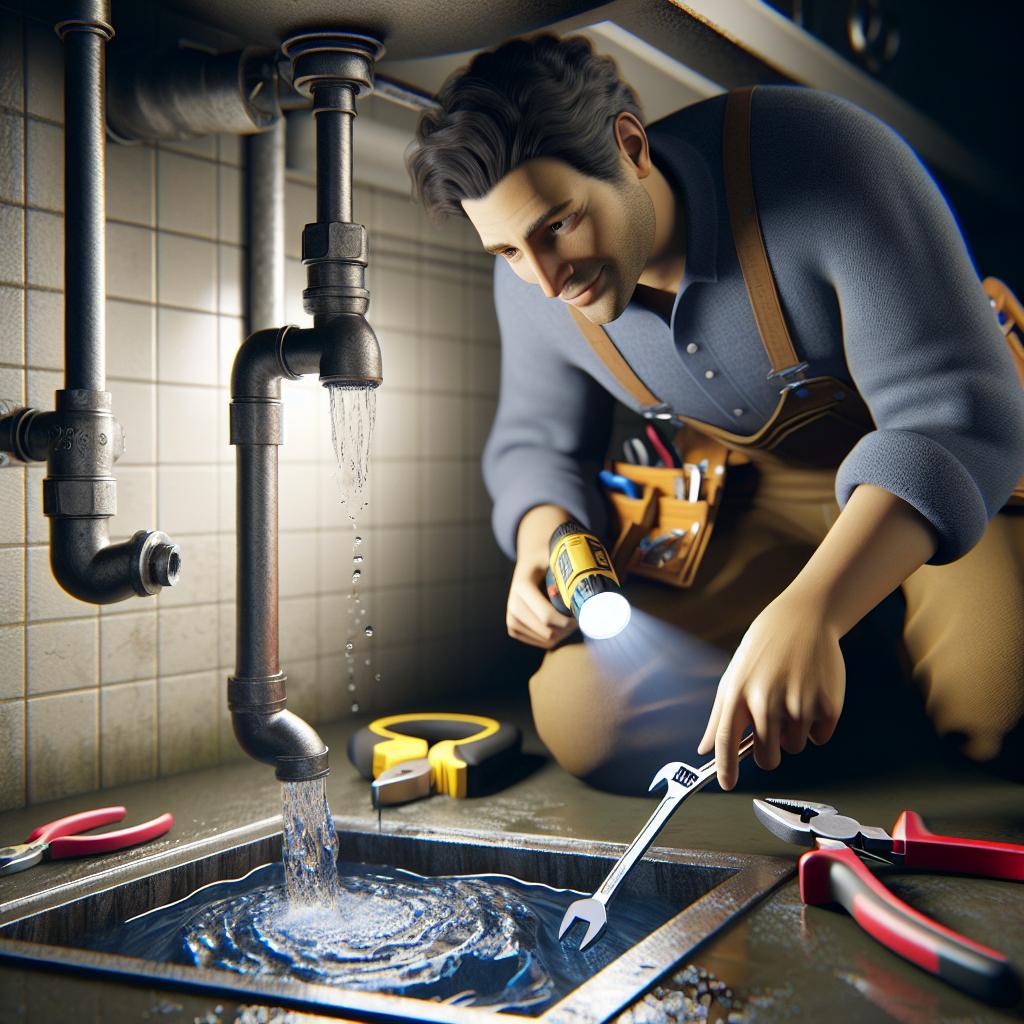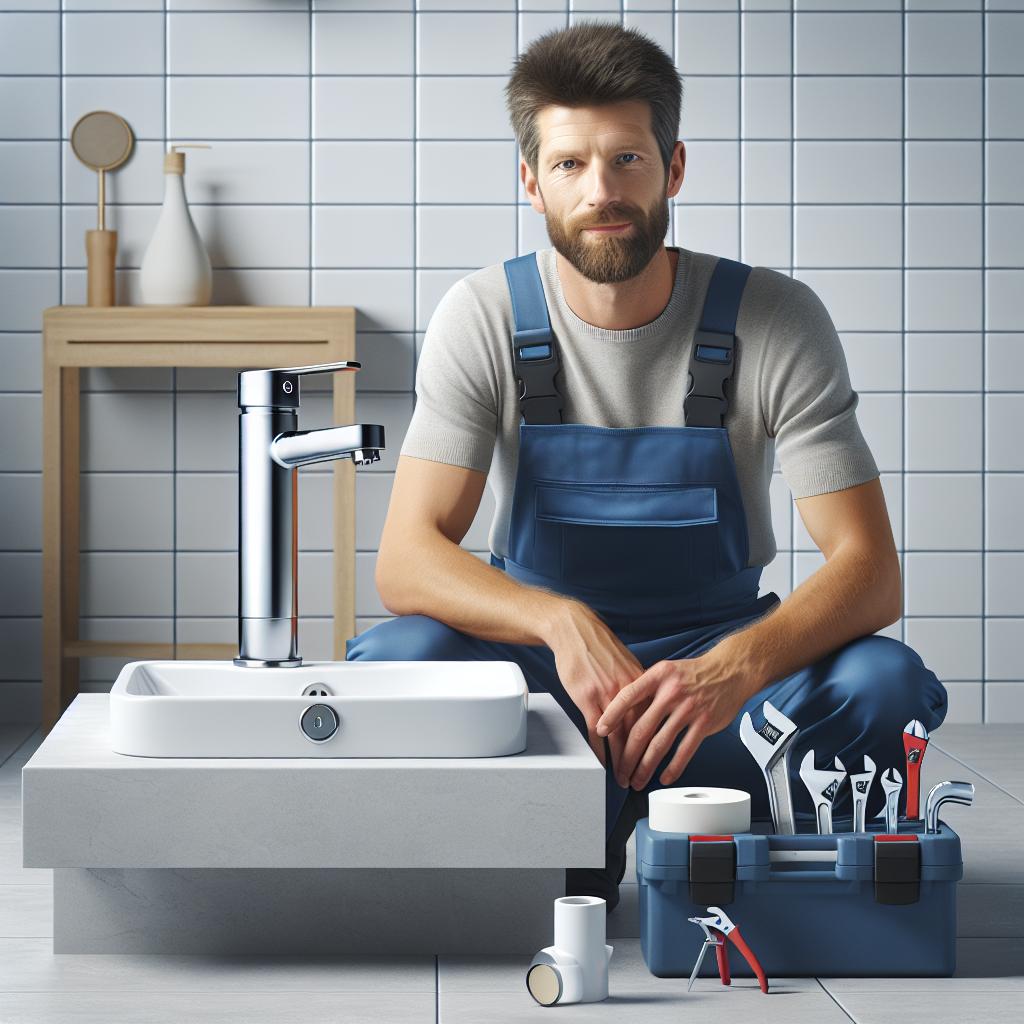The Water Crisis: 9 Lesser-Known Plumbing Solutions to Combat Water Waste in Your Home
The water crisis is one of the most pressing issues of our time, and its effects can be devastating. While many people are aware of the need to conserve water, not everyone understands the various ways they can do so effectively in their own homes. By implementing innovative plumbing solutions, homeowners can significantly reduce water waste without sacrificing comfort or convenience. In this article, we will explore nine lesser-known plumbing solutions that can help you conserve water and reduce your environmental impact.
1. Dual-Flush Toilet Conversion
Toilets account for a substantial portion of residential water usage, but many homeowners may not realize that there are simple adjustments that can make a big difference. Consider converting your standard toilet into a dual-flush toilet. A dual-flush system offers two flushing options—one for liquid waste and another for solid waste. This simple modification can save a significant amount of water with every flush.
Benefits of Dual-Flush Toilets
- Reduction in overall water usage by up to 68%.
- Adaptable for almost any existing toilet system.
- Simple installation, often requiring only a few tools.
2. Greywater Recycling System
Greywater, which is the wastewater from baths, sinks, and washers, can be recycled for non-potable uses like irrigation. Investing in a greywater recycling system can help you make the most of your water resources. These systems collect and filter greywater for reuse, thus significantly reducing the amount of freshwater needed for landscaping and other purposes.
How Greywater Systems Work
Systems typically include:
- Collection tanks to gather greywater from various household sources.
- Filtration systems to remove particulates and odor.
- Pump systems for distribution to gardens or toilet reservoirs.
3. Water-Efficient Faucets and Showerheads
Another easy way to reduce water consumption in your home is by replacing old faucets and showerheads with water-efficient models. Many modern options are designed to limit flow rates while maintaining pressure, ensuring you still enjoy a satisfying shower or washing experience.
Choosing the Right Products
Look for products that are labeled with the WaterSense label, which indicates they meet specific efficiency criteria. Installing these can lead to:
- A decrease in water usage of up to 30% without sacrificing performance.
- Long-term savings on your water bill.
4. Smart Irrigation Systems
For those with gardens or lawns, a smart irrigation system can optimize your water use through automated scheduling and real-time adjustments based on weather conditions. These systems utilize sensors to monitor soil moisture levels, ensuring your plants receive the right amount of water without overwatering.
Features of Smart Irrigation Systems
- Weather Integration: Automatically adjusts watering schedules based on local weather data.
- Zone Control: Different plants have different water needs; smart systems can program based on specific areas in your yard.
- Water Usage Reports: Analyze your consumption patterns to identify further conservation opportunities.
5. Leak Detection Systems
Hidden leaks can silently waste thousands of gallons of water each year. To combat this, you may want to install a leak detection system. These systems use advanced sensors to detect leaks in pipes and alert you before they become serious problems.
Benefits of Leak Detection
- Early identification of leaks can save you from costly repairs.
- Reduces wasted water and related expenses.
- Some systems can connect to your smartphone for real-time alerts.
6. Water Softening Systems
Hard water can lead to mineral buildup in your plumbing, reducing efficiency and increasing the need for repairs. A water softening system can alleviate these issues by reducing the hardness of your water supply, leading to less waste in the long run.
How Water Softening Works
The typical process involves:
- Ion exchange where calcium and magnesium are replaced with sodium ions.
- Improved efficiency in water heating and appliance operation, requiring less water overall.
7. Rainwater Harvesting Systems
Utilizing natural resources can significantly help combat the water crisis. Incorporating a rainwater harvesting system allows you to collect and store rainwater for later use, thereby decreasing reliance on municipal water supplies.
Components of Rainwater Harvesting
Key components include:
- Cisterns: These are containers designed to collect and store rainwater from roofs.
- Filtration Systems: To ensure the collected water is clean and safe for use.
- Distribution Systems: Connect to irrigation systems or other household needs.
8. Pressure Regulating Valves
High water pressure can lead to excessive usage and can put extra strain on your plumbing. A pressure regulating valve can control the water pressure entering your home, ensuring it stays at an optimal level. This not only conserves water but also prevents wear and tear on pipes and fixtures.
Advantages of Installations
- Preserves the lifespan of your plumbing.
- Reduces the occurrence of leaks and pipe bursts.
- Ensures more consistent water flow, enhancing comfort.
9. Installation of Timed Water Outlets
Finally, consider incorporating timed water outlets in areas where excessive water usage is common, like gardens and driveways. These devices allow you to program specific times for water use, promoting better conservation practices.
Functionality of Timed Outlets
- Helps in scheduling watering during cooler times of the day to minimize evaporation.
- Ensures water is not wasted during rainy periods.
- Can be easily adjusted to fit changing seasonal needs.
Conclusion
The water crisis is a challenge that requires collective action and innovative thinking, especially at the household level. By incorporating these nine lesser-known plumbing solutions, you can significantly reduce water waste in your home, save money on your utility bills, and contribute positively to the environment.
Whether you choose to install a dual-flush toilet or a greywater recycling system, every small change counts. Not only will you help combat the water crisis, but you’ll also enhance your home’s efficiency and sustainability. With the right plumbing solutions, you can enjoy the comforts of home while being a responsible steward of our planet’s most precious resource: water.
